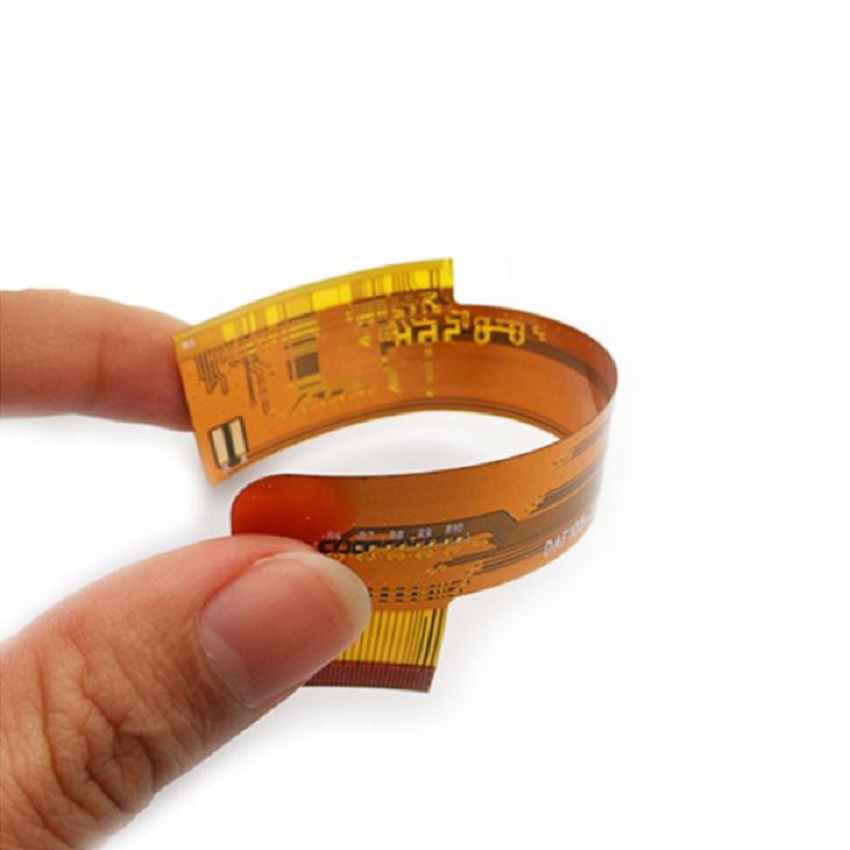Time:2023-08-08Views:
1. The design of a printed circuit board starts with determining the size of the board. Due to limitations in the size of the chassis casing, it is advisable to fit the printed circuit board exactly inside the casing. Secondly, The connection method between printed circuit boards and external components (mainly potentiometers, sockets, or other printed circuit boards) should be considered. Printed circuit boards and external components are generally connected through plastic wires or metal isolation wires. However, sometimes they are also designed in the form of sockets. That is, when installing a plug-in printed circuit board in the equipment, a contact position that serves as a socket should be reserved. For larger components installed on printed circuit boards, Metal accessories should be added for fixation to improve vibration and impact resistance
The basic method of wiring diagram design first requires a complete understanding of the specifications, dimensions, areas, etc. of the selected components and various sockets; Reasonable and careful consideration should be given to the position arrangement of each component, mainly from the perspective of electromagnetic compatibility and anti-interference, such as short wiring, less crossing, power supply, ground path, and decoupling. After the position of each component is determined, it is the wiring of each component, and the relevant pins are connected according to the circuit diagram. There are various methods to complete the design of printed circuit diagrams, including computer-aided design and manual design The most primitive method is to manually arrange the layout. This is quite cumbersome and often requires several iterations before it can be completed in the end. This method can also be used when there are no other drawing equipment available. This manual arrangement of layout is also very helpful for designers who have just learned printing board drawings. Computer assisted drawing, there are various drawing software available with different functions, but overall, drawing and modification are more convenient, and can be saved, stored, and printed

Next, determine the required size of the printed circuit board and preliminarily determine the position of each component according to the schematic diagram. After continuous adjustment, the layout is more reasonable. The wiring arrangement between each component in the printed circuit board is as follows:
(1) Cross circuits are not allowed in printed circuits. For lines that may cross, two methods can be used: "drilling" and "winding". That is, allowing a certain lead to "drill" through the gap at the foot of other resistors, capacitors, or transistors, or "winding" through one end of a possible cross lead. In special cases, the circuit is complex, and to simplify the design, wire bridging is also allowed to solve the problem of cross circuits
(2) There are two installation methods for components such as resistors, diodes, and tubular capacitors: "vertical" and "horizontal". Vertical refers to the installation and welding of the component body perpendicular to the circuit board, which has the advantage of saving space. Horizontal refers to the installation and welding of the component body parallel and tightly attached to the circuit board, which has the advantage of good mechanical strength during component installation. The hole spacing of the component on the printed circuit board is different for these two different installation components
(3) The grounding points of the same level circuit should be as close as possible, and the power filter capacitor of the current level circuit should also be connected to the grounding point of that level. Especially, the grounding points of the base and emitter of the current level transistor should not be too far away, otherwise the copper foil between the two grounding points is too long, which can cause interference and self-excitation. Using this "one point grounding method" in the circuit, the operation is more stable and not easy to self-excite
(4) The main ground wire must be strictly arranged in the order of weak to strong current in the high-frequency, intermediate frequency, and low-frequency levels. It is not allowed to switch and connect randomly between levels. It is better to connect long wires between levels, but also to comply with this regulation. Especially, the grounding wire arrangement requirements for frequency conversion heads, regeneration heads, and frequency modulation heads are more strict. If not properly arranged, it will cause self-excitation and cannot work. High frequency circuits such as frequency modulation heads often use large area enclosed ground wires, To ensure good shielding effect
(5) Strong current leads (common ground wire, amplifier power lead, etc.) should be as wide as possible to reduce wiring resistance and voltage drop, and to reduce self excitation caused by parasitic coupling
(6) The wiring with high impedance should be as short as possible, while the wiring with low impedance can be longer because high impedance wiring is prone to sounding and absorbing signals, causing circuit instability. The power line, ground wire, base wire without feedback components, emitter wire, etc. are all low impedance wiring. The base wire of the emitter follower and the ground wire of the two audio channels of the recorder must be separated and formed into one path, until the end of the function is closed, such as connecting the two ground wires back and forth, Extremely prone to cross talk, resulting in a decrease in separation

